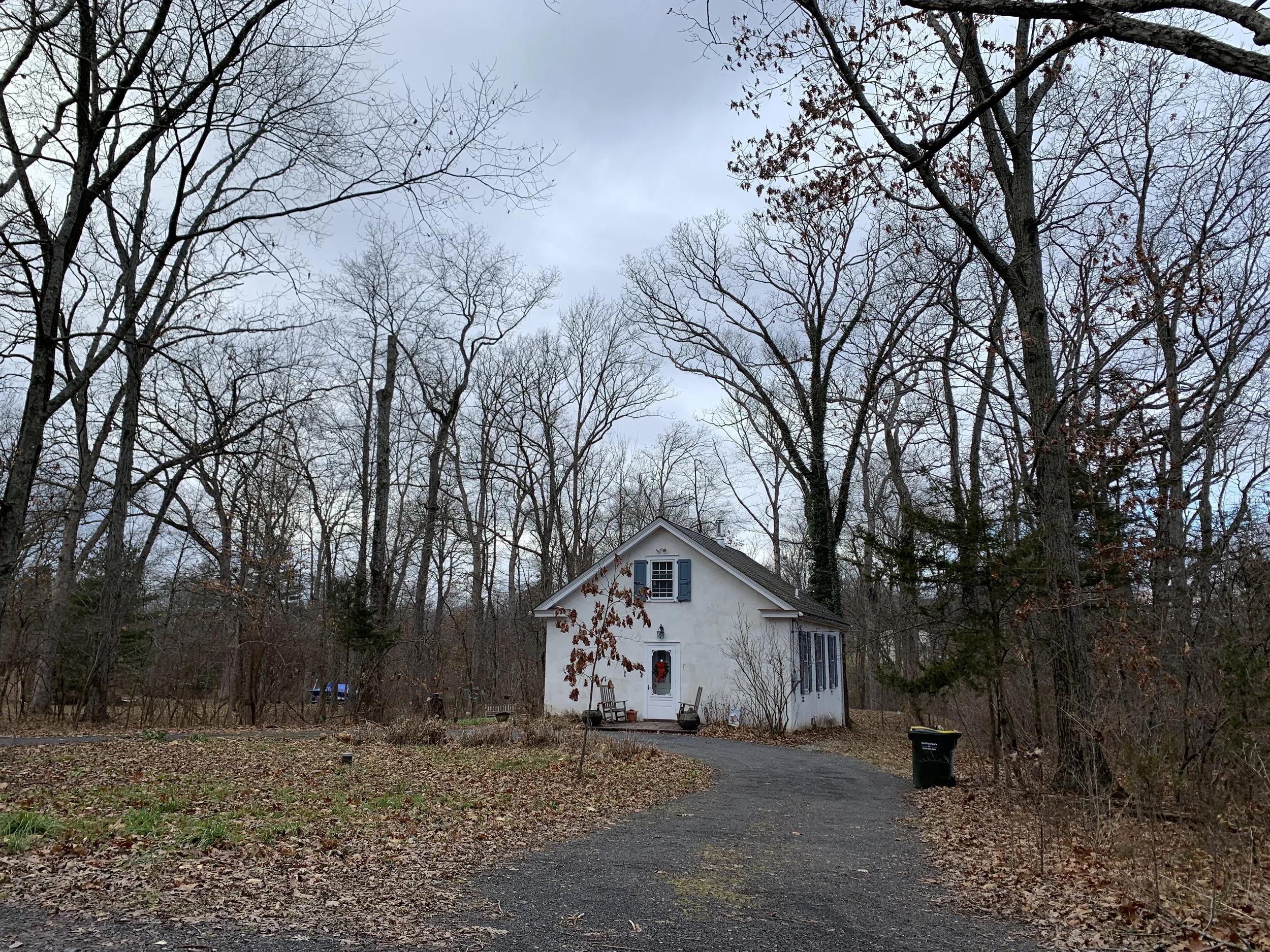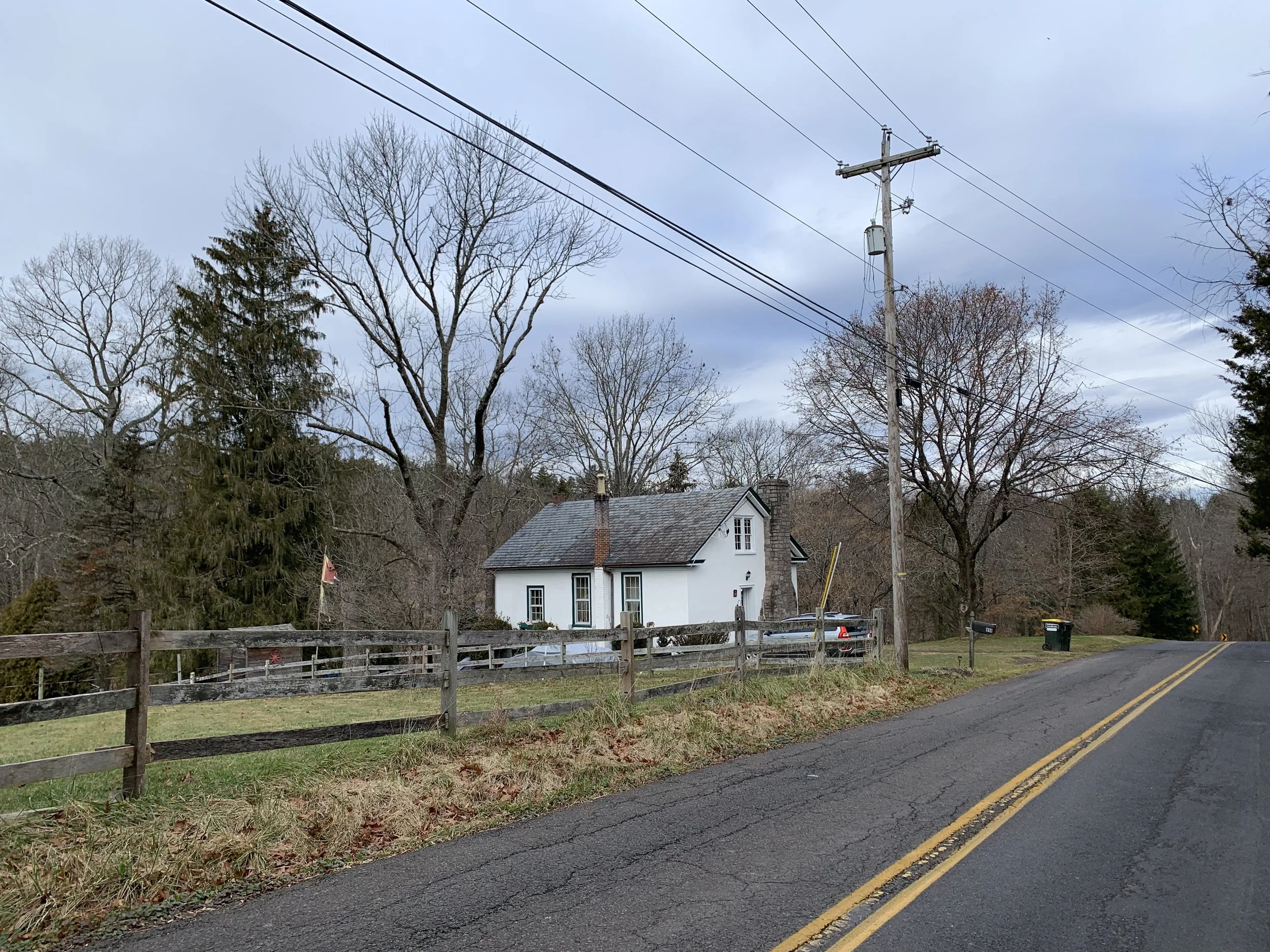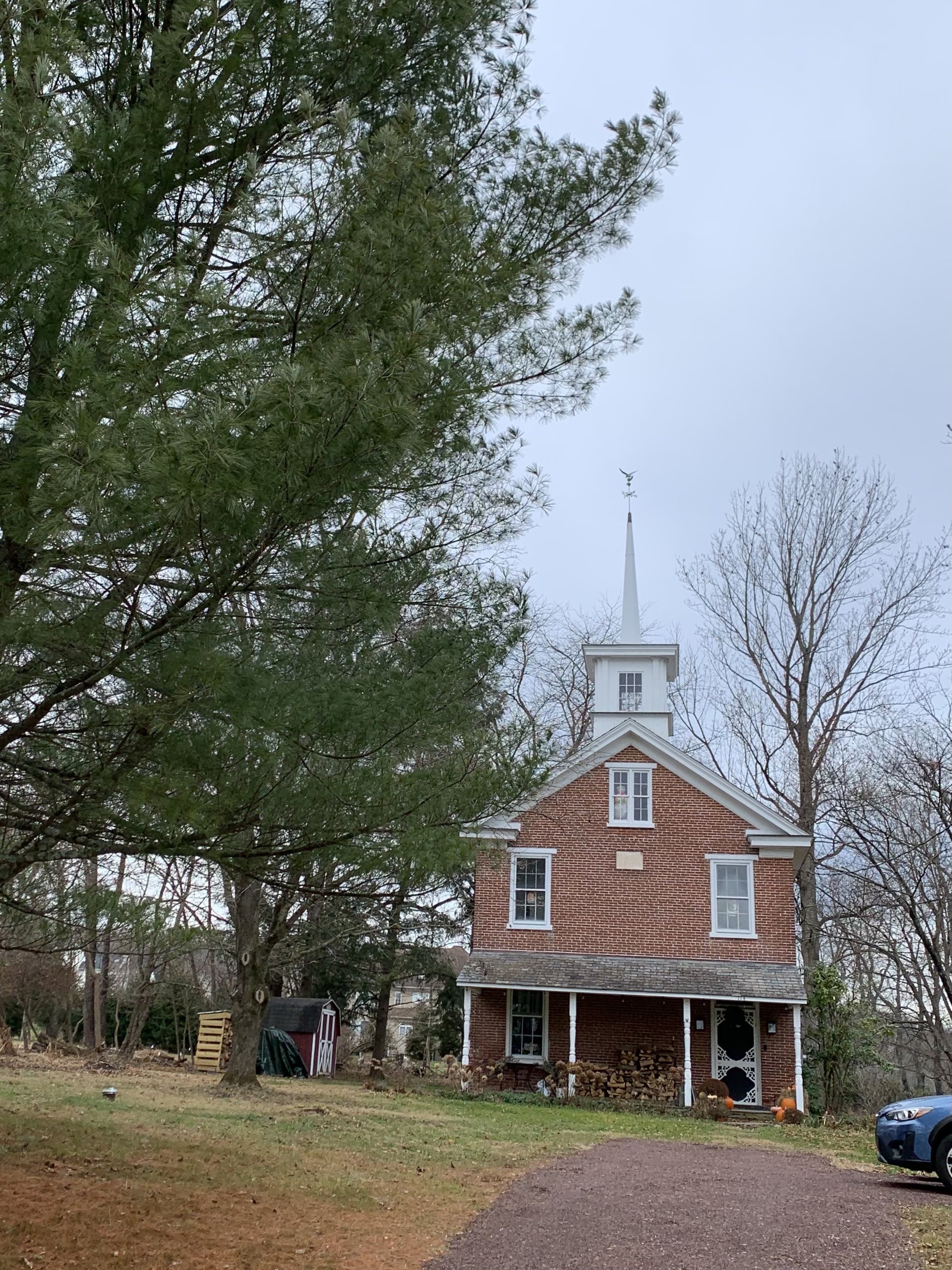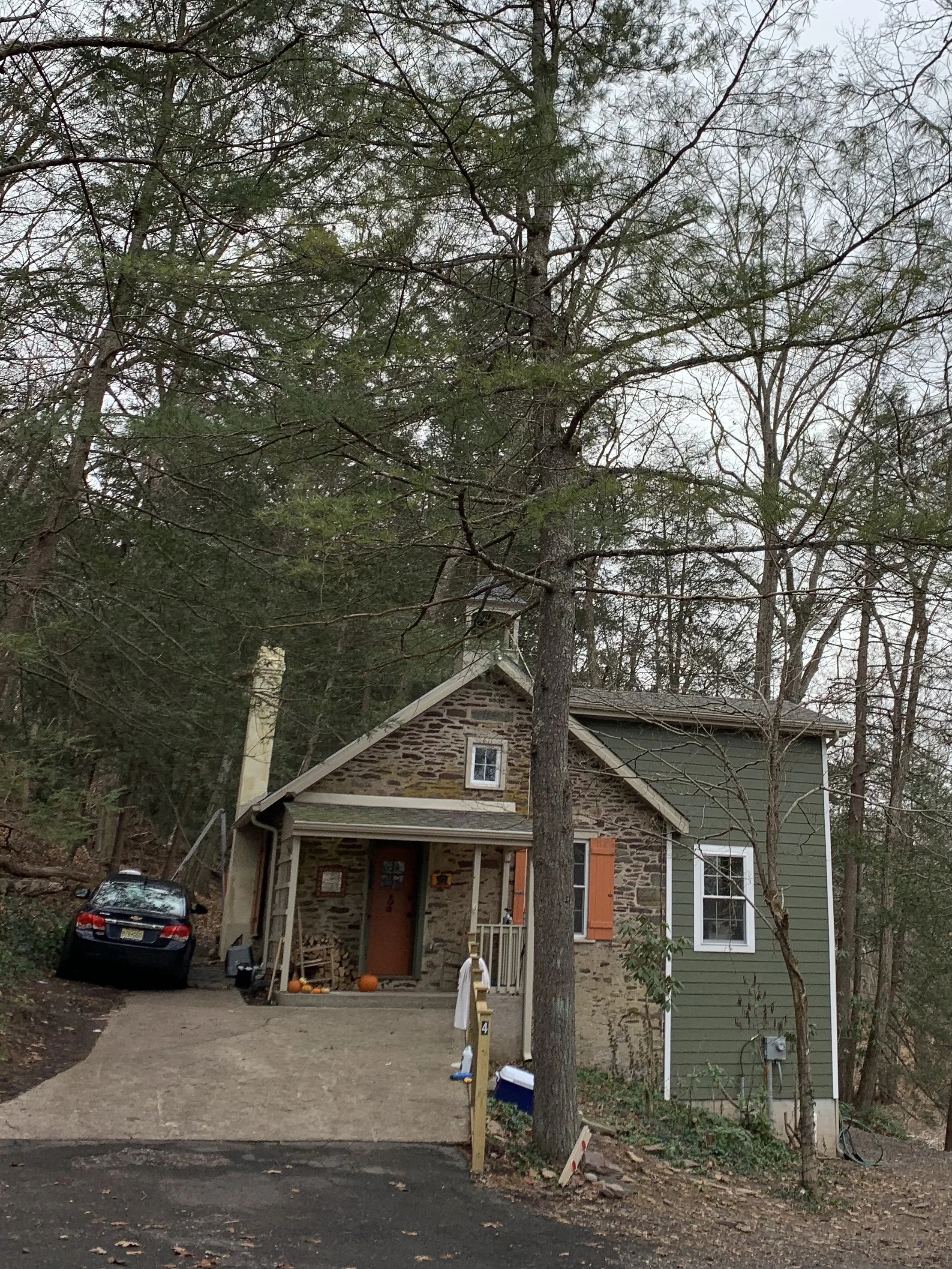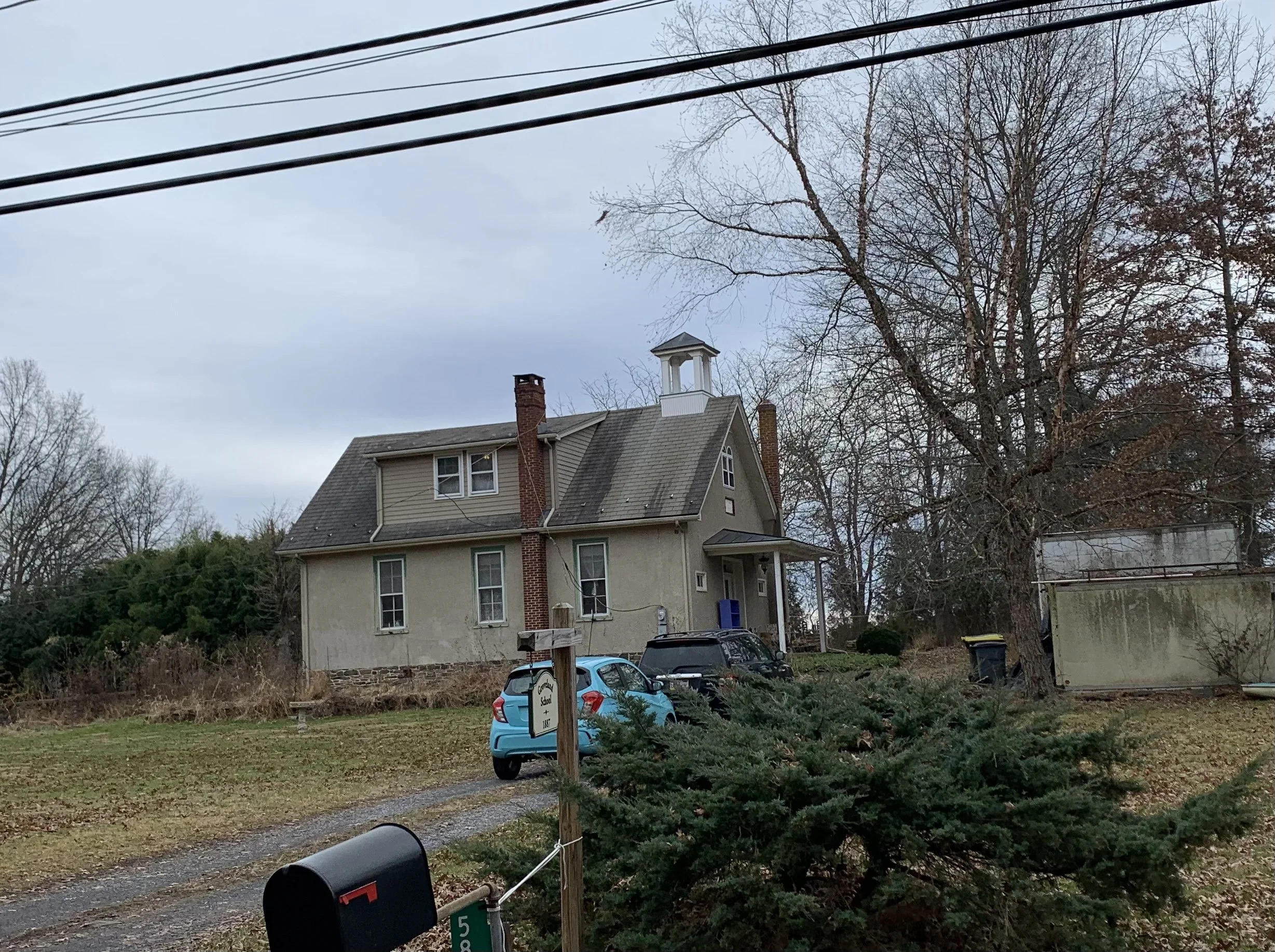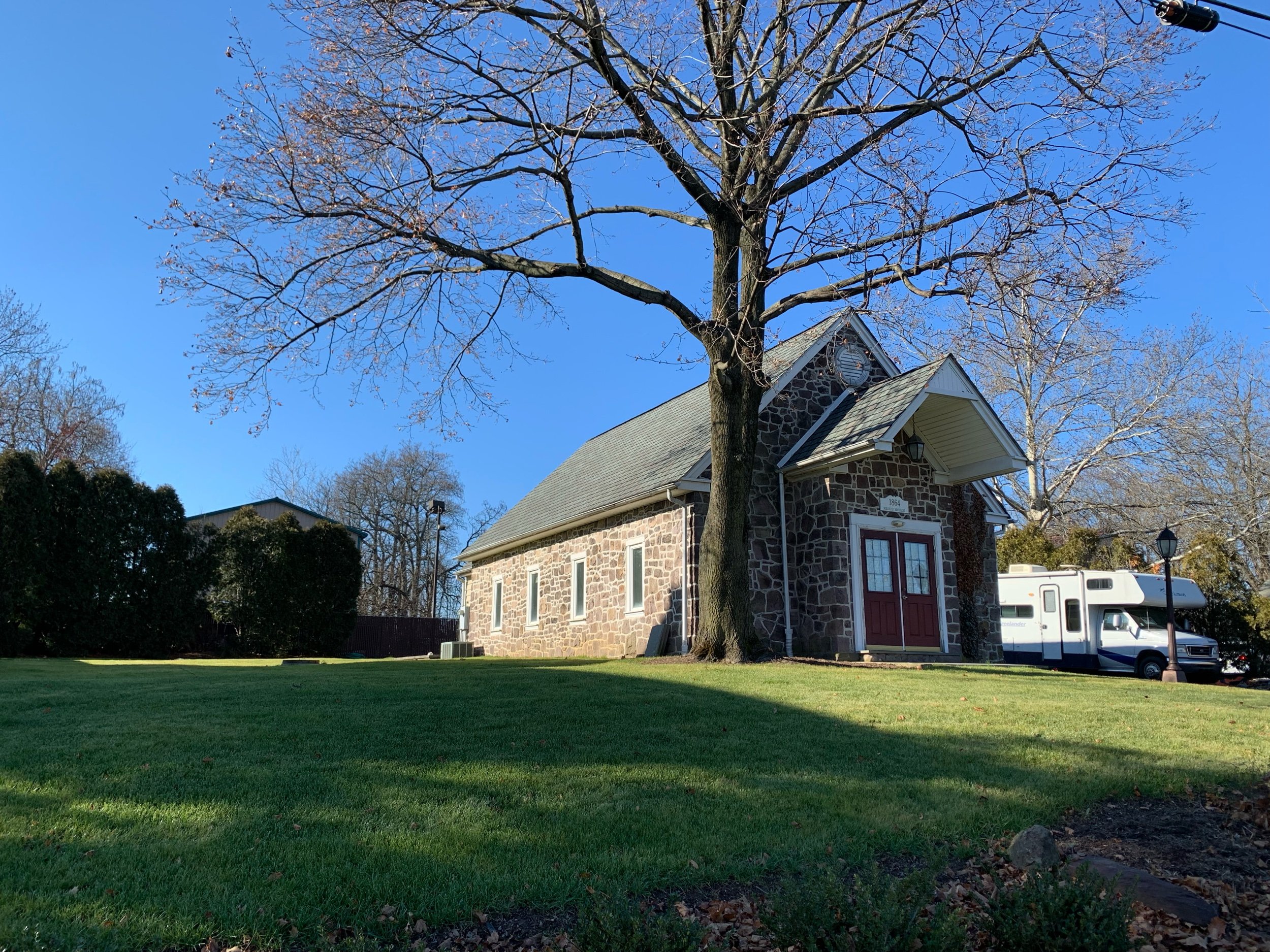Events: The 2021 Rapha Festive 500 Day Four
Ride Distance: 30 Miles/ 228 Remain
(2021) It was one of the routes I was most excited to execute for the Rapha Festive 500. I was staring out the back door watching periodic snowflakes fall. In my hand was my phone with a forecast of ‘Snow, heavy at times, for next 60 minutes.’ I had already applied the embrocation. I dickered and resigned myself to staying in. As if the fire from the embrocation made it to my encouragement, I rolled out minutes later to nab further antique schoolhouses in the area.
The Festive 500, a cycling challenge of riding 500 kilometers over eight days prior to New Year’s, becomes a noteworthy challenge in the middle days. This endeavor is completely voluntary. It’s also hardly worth the trade off to discover a slippery patch too late and wake up somewhere else. The real concern about heading out was the impending winter storm. With the route rehearsed prior to bed the night before, we took off on familiar roads, ready to pull the plug in a moment’s notice.
The route’s piece de resistance vintage schoolhouse, located in Erwinna, was originally the first structure. As the route got underway, a forgotten schoolhouse was added. Then another before reaching Erwinna’s impressive structure. So just like that, the old schoolhouses dotted our route. There was even an omitted possible schoolhouse because we saw it too late.
Oak Grove Road schoolhouse
The course for the day would pull in an impressive haul of schoolhouses (seven, bringing the total to seventeen for the Festive), bag three unpaved sectors, record at least two pileated woodpeckers leading us out, and crossing one historic wooden bridge. The shivering would not start until the bike was parked in the service course and the shoes removed.
It is easy to overlook a schoolhouse these days. Many of the structures have been repurposed. Some used to have a county-issued sign denoting the importance of the abode behind it but have somehow lost the marker (that would happen today). Some, we will admit, are possibly old single-room churches. The first schoolhouse stands in a wooded lot at the end of a hilly unpaved road called Oak Grove Road. At the intersection with Hollow Horn is the schoolhouse, tucked back a bit and easily noticeable with bare trees. This has been a structure that has caught us off guard by remaining hidden for years. Apparently unchanged, the schoolhouse was peaceful today. Taking roads north, the arched windows and iconic entryway could have been a bustling schoolhouse more than a century ago when all the sprawling homesteads of today were running farms.
Possible schoolhouse on Headquarters Road
Turning down iconic northern Bucks County roads, the route accessed the closed bridge of Headquarters Road and avoided the recently closed Sheep Hole Road pave sector. At the last moment, it came to us that the white building with kelly green shutters was possibly a school earlier in its service. Today it has a garage and an addition. Its location would be ideal as more farms dot the landscape north and south of the hilly area. Quickly into the ride and two schools had been ticked off. There had not been any indication of snow.
The Erwinna School, 1861, is built on a slope which is reflected in this photo.
The third stop was the main objective of the ride. The Erwinna School, built in 1861, differs from other school architecture. It is massive by comparison, possibly two storeys. It features a large steeple. This school was recently discovered by accident. Its size would make a great living space with updates. Erwinna was supposed to be an up-and-coming town during the height of the Bristol-Easton Canal but once trains took over, the town never made it past hamlet. Notice there are signs for first and second street. This school, built at the outbreak of the American Civil War, may have been built with anticipation of a population surge. Either way, it’s a beautiful structure.
Taking River Road south, the air seemed ready to drop snow. Even motorists were barely out. Perhaps they were all clamoring at the neighborhood grocery store for bread and milk. The sky darkened as the clouds lowered but still, no snow. Then we turned up Stagecoach Road to hit the second school we were eager to explore.
Stagecoach Road schoolhouse that borders Tinicum Creek and a bluff.
The schoolhouse on Stagecoach Road defines tucking a structure into a space. From the road the schoolhouse has the Tinicum Creek babbling to the right. To the left is a small bluff that greets the building. Students probably fought over the creek view. Staring at leaves hanging from a cliff two feet out the other side windows definitely lacks daydream charm. Either way, this structure rarely sees direct sunlight. Not to mention that Stagecoach Road is the easiest road to blow by and everything is in place for a peaceful dwelling. Once the school has been passed, the road goes uphill in a hurry and remains that way until the paved portion ends and the approach to Van Sant Airport comes into view. This is a favorite strip of road for so many reasons. It even has a quiet Christmas tree farm to set the seasonal mood.
Winding around Ralph Stover Park and the next three schoolhouses came quickly. Descending down into the park then back up again, the Tohickon Hill School (1880) can be seen at the intersection of Tohickon Hill Road and State Park Road. This structure had one of the old County signs out front, acknowledging its pedagogical past. Any of the students who lived in the town of Point Pleasant could certainly attest to walking uphill to school at least once a day, since the school is perched atop one of the more scenic cycling climbs in our area.
Schoolhouse off of Stump Road where storms have damaged many of the trees, possibly claiming the county sign that once stood out in front of it.
Meandering around to the early miles of Stump Road, and another schoolhouse is featured, though this one has seemed to have been pulled back a bit from its glory days. The sign has been removed somehow (though the area suffered major storm damage back in September). Out back is possibly the original outhouse to be used by students and educators alike. One neat part of this schoolhouse is the massive stack of firewood continuously present on the porch. Though an addition has happened out back, it's easy to imagine an Ichabod wannabe coming outside to grab more wood for the school’s firebox.
The final school- Groveland School, 1887, brought the current Festive 500 total to seventeen schoolhouses.
We came to the final schoolhouse which was added at the last minute. A couple turns away from the Stump Road and there we were bouncing down Groveland Road, very nearly running into state road 413. Next to the church is the Groveland Schoolhouse, built in 1887 as stated by the still-standing County sign. Plastered siding and two chimneys, this structure clearly has had a second-storey addition, but the mason footprint remains constant. The bell no longer hangs in the tower above the entrance where students gained access to education 135 years ago. Yet again, the schoolhouse borders on farmland and ancient stone walls that could hold our imagination if they could talk.
At one point between the fourth and fifth stop, there was a structure on Tory Road that resembled a vintage schoolhouse. For a brief moment snow flew, taking on the appearance of the winter storm that had been forecasted. Given that we collected more schoolhouses than anticipated, it’s highly possible the structure near Tory and Municipal Roads was an old school. Throughout these miles it was the goal to point out how many of these little houses dot the landscape. Some have embraced their history by maintaining the architecture. Others have added on over the years. Some have demolished aspects such as the belltower, the outhouse, or even the student entrance. Either way, finding these little houses around the area is always exciting to consider where young students learned. Maybe instead of staring at the Garmin, taking in the nearby architecture can lead to more ride enjoyment.



